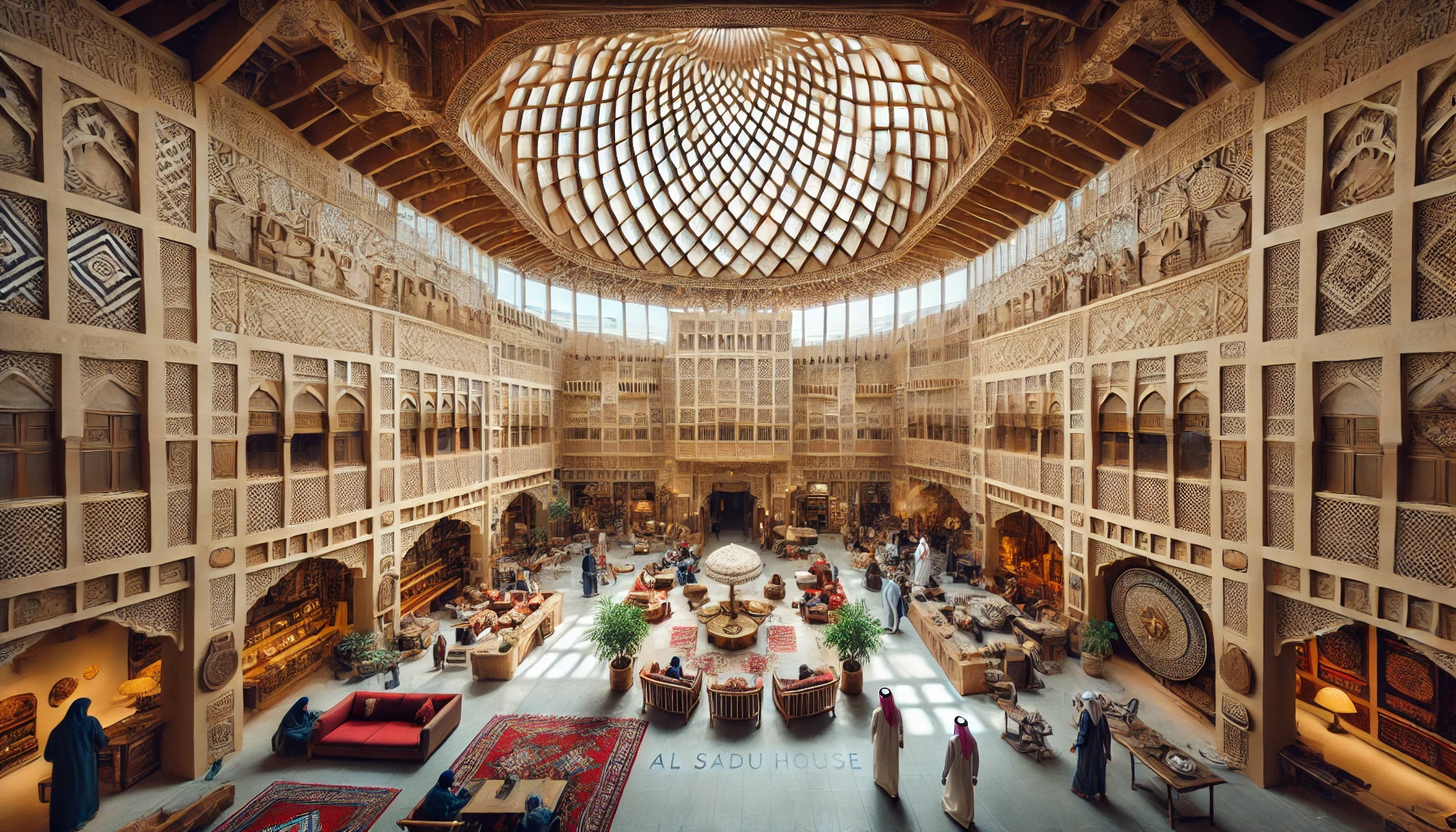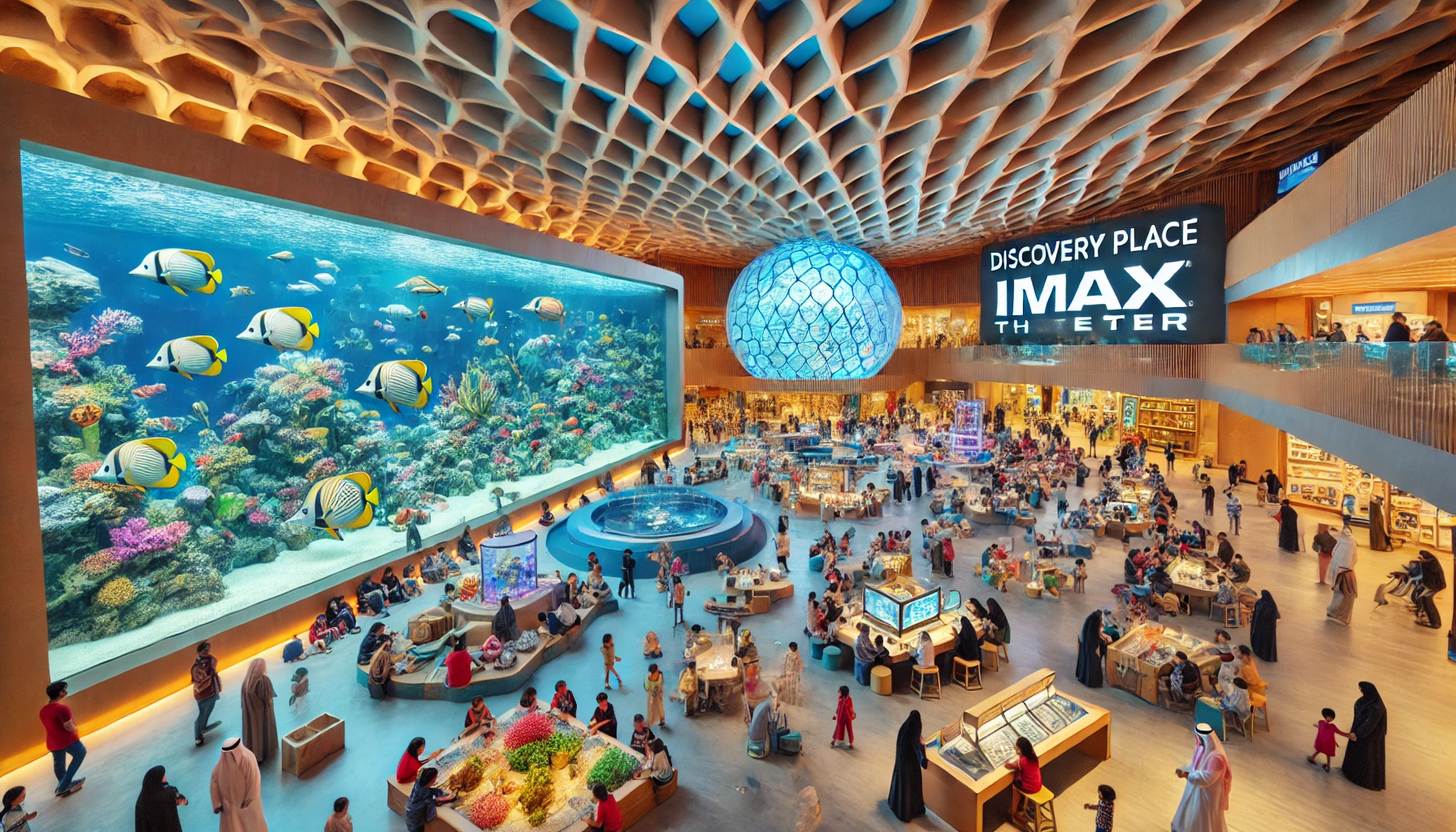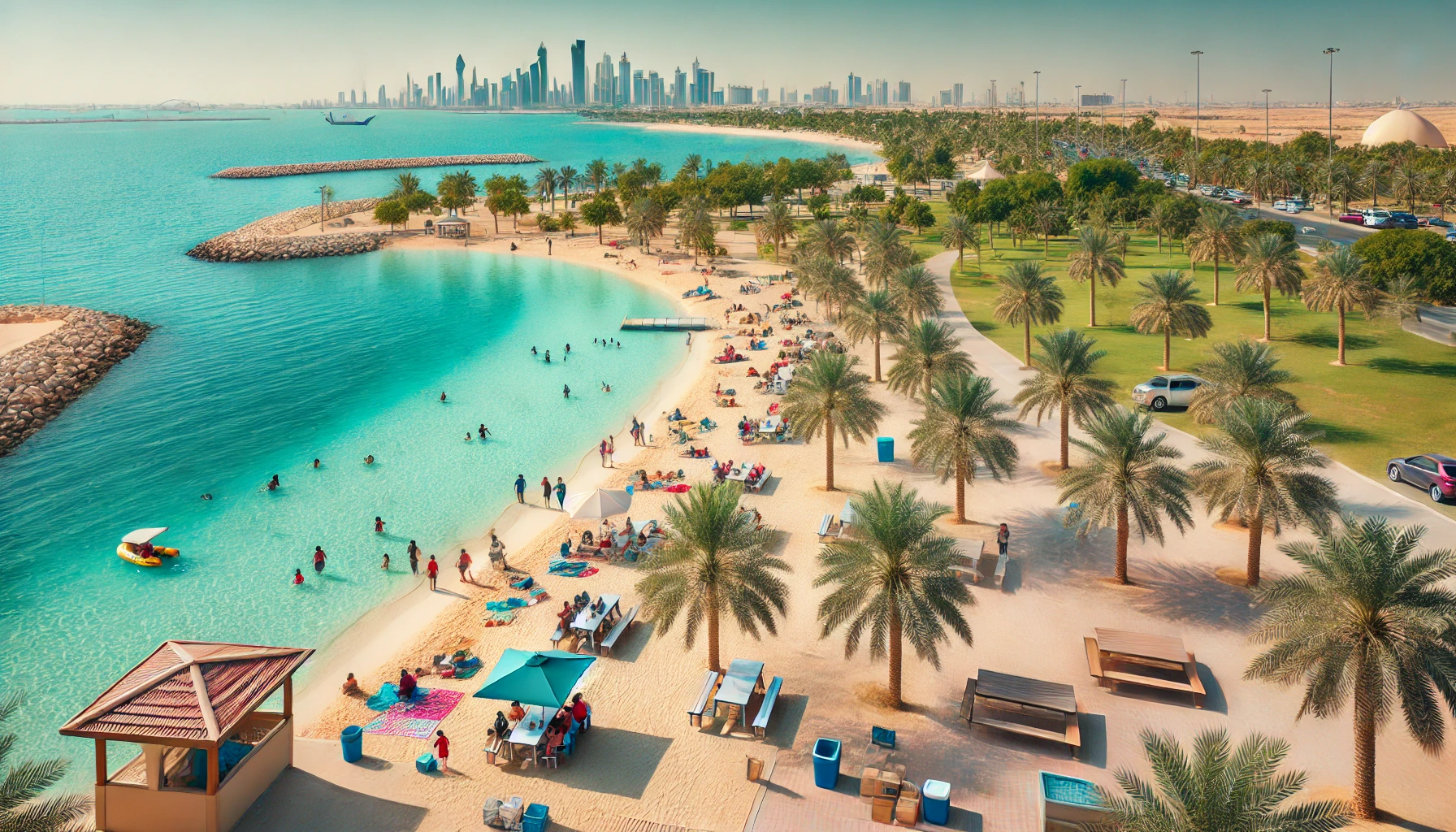A Journey Through Kuwait’s Desert Castles: Redefining History
Nestled in the vast stretches of Kuwait’s arid desert are remarkable castles and forts, standing as enduring testaments to the country’s storied past. These historical landmarks offer a glimpse into Kuwait’s rich heritage, showcasing its strategic importance and cultural legacy. Whether you’re a history buff or a curious traveler, exploring Kuwait’s desert castles is a journey into the soul of the nation, replete with tales of resilience, power, and artistry.
1. The Historical Significance of Kuwait’s Desert Castles
Kuwait’s castles and forts were historically built for defense, governance, and trade. Positioned strategically, they often served as watchtowers, military bases, or hubs for commerce. Over time, these structures have evolved into cultural landmarks, reflecting Kuwait’s tribal history, its relationship with neighboring regions, and its adaptation to desert life.
2. Must-Visit Desert Castles in Kuwait
Here are some of the most iconic castles and forts that redefine Kuwait’s history:
A. Red Fort (Al-Qasr Al-Ahmar)
Location: Al-Jahra
The Red Fort, built in the late 19th century, is a symbol of Kuwait’s resilience during the Battle of Jahra in 1920. The fort’s walls, constructed with mud and red clay, are a striking sight against the golden desert sands.
- Features:
- Five large courtyards surrounded by thick walls and defense towers.
- Historical artifacts and displays commemorating the fort’s military significance.
Tips for Visitors:
- Visit during the cooler months (October to March) for a comfortable experience.
- Bring a guide or use audio tours to understand the historical context better.
![]()
B. Kuwait’s Al-Qurain Martyrs’ Museum
Location: Al-Qurain
Although not a traditional desert castle, this structure was pivotal during the Iraqi invasion of 1990. A modern-day monument to resistance, it serves as a reminder of Kuwait’s fight for liberation.
- Features:
- Preserved battle scars on walls and exhibits recounting the heroic defense by Kuwaiti resistance fighters.
- A museum showcasing personal artifacts, weapons, and photographs from the invasion.
Tips for Visitors:
- Ideal for those interested in Kuwait’s modern history.
- Allocate at least an hour to explore the exhibits thoroughly.
C. Sheikh Abdullah Al-Salem Cultural Centre and the Fort Connection
While not a fort itself, this modern cultural center houses replicas and historical details about Kuwait’s castles. It provides a comprehensive overview for those unable to visit the actual sites.
- Features:
- Interactive exhibits about Kuwait’s history, architecture, and military strategy.
- A perfect introduction for tourists beginning their exploration of Kuwaiti castles.
Tips for Visitors:
- Visit this center before heading to the actual forts for a richer contextual understanding.
D. Failaka Island Forts
Location: Failaka Island
Failaka Island, with its rich archaeological history, is home to ancient forts dating back to the Bronze Age and the Dilmun civilization. These remnants showcase Kuwait’s importance as a maritime and trade hub.
- Features:
- Fort ruins revealing ancient defensive strategies.
- Stunning views of the Gulf waters juxtaposed against desert terrain.
Tips for Visitors:
- Take a ferry to the island, and plan for a full-day trip.
- Wear comfortable shoes for walking around archaeological sites.

3. Redefining Desert Castles: Architecture and Legacy
Kuwait’s desert castles are not just architectural marvels but also cultural milestones. They are built using:
- Local Materials: Mud, clay, and stone reflect traditional desert construction techniques.
- Functional Designs: Thick walls and narrow windows for defense and ventilation.
- Symbolic Elements: Decorative patterns and inscriptions showcasing Islamic art and tribal identity.
These castles represent Kuwait’s ability to adapt to harsh desert conditions while maintaining its cultural identity.
4. Practical Tips for Exploring Kuwait’s Desert Castles
- Travel Preparation:
- Always carry water, sunscreen, and a hat to combat the desert heat.
- Check entry timings and guidelines, as some sites may require prior permissions.
- Transportation:
- Renting a car or hiring a guide is the most convenient way to access these remote locations.
- Public transportation options are limited, so plan accordingly.
- Best Time to Visit:
- October to March offers mild weather, making it the best time to explore desert landmarks.
- What to Wear:
- Opt for light, breathable clothing and comfortable shoes suitable for uneven terrains.
5. Why Desert Castles Matter Today
In a rapidly modernizing Kuwait, these desert castles are invaluable links to the past. They:
- Highlight Kuwait’s strategic and cultural significance over centuries.
- Provide a tangible connection to the country’s tribal and military history.
- Inspire architectural preservation and tourism initiatives.
For Kuwaitis, these structures are a source of national pride, embodying resilience and identity. For visitors, they are an opportunity to journey through time and experience the rich tapestry of Kuwait’s history.

Conclusion
Kuwait’s desert castles are more than just remnants of the past; they are gateways to understanding the heart of this Gulf nation. From the storied walls of the Red Fort to the ancient ruins of Failaka Island, these landmarks capture the essence of Kuwait’s history, resilience, and cultural heritage.
Whether you’re exploring them for their historical significance, architectural beauty, or simply for an adventurous day out, these castles promise an unforgettable experience. Ready to embark on your journey through Kuwait’s desert history?
Here’s a detailed table summarizing Kuwait’s desert castles and related landmarks:
| Castle/Fort | Location | Historical Significance | Key Features | Tips for Visitors |
|---|---|---|---|---|
| Red Fort (Al-Qasr Al-Ahmar) | Al-Jahra | Symbol of resilience during the Battle of Jahra (1920). | Five large courtyards, thick mud walls, and defense towers. | Visit during October-March for cooler weather. Bring a guide for historical insights. |
| Al-Qurain Martyrs’ Museum | Al-Qurain | Modern monument to resistance during the Iraqi invasion (1990). | Battle-scarred walls, personal artifacts, weapons, and photographs from the resistance fighters. | Spend at least an hour to explore the exhibits. Great for those interested in Kuwait’s modern history. |
| Sheikh Abdullah Al-Salem Cultural Centre | Kuwait City | Comprehensive exhibits about Kuwait’s castles and forts for contextual understanding. | Interactive displays, historical artifacts, and architectural models. | Ideal for a first stop before visiting actual forts. A family-friendly destination. |
| Failaka Island Forts | Failaka Island | Ruins dating back to the Bronze Age and Dilmun civilization, showcasing ancient defensive strategies. | Archaeological sites, Gulf views, and evidence of Kuwait’s importance as a maritime trade hub. | Take a ferry and plan a full-day trip. Wear comfortable shoes and carry supplies for the remote location. |
| Other Historical Forts | Various locations | Include lesser-known forts such as smaller tribal watchtowers scattered across Kuwait’s desert landscapes. | Unique insights into regional defense strategies and construction techniques. | Research and plan visits with local guides, as some sites are not well-documented for independent exploration. |













